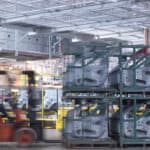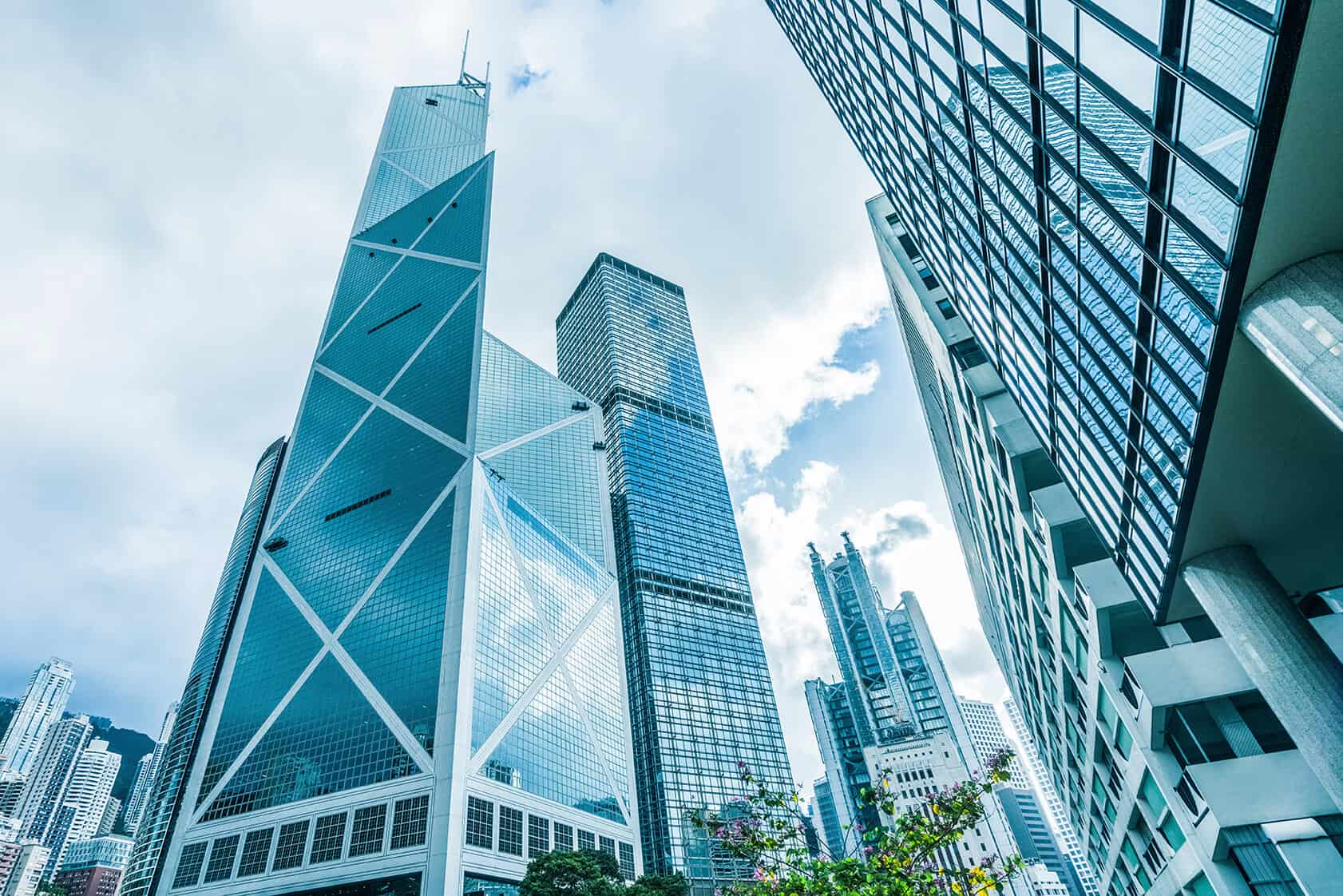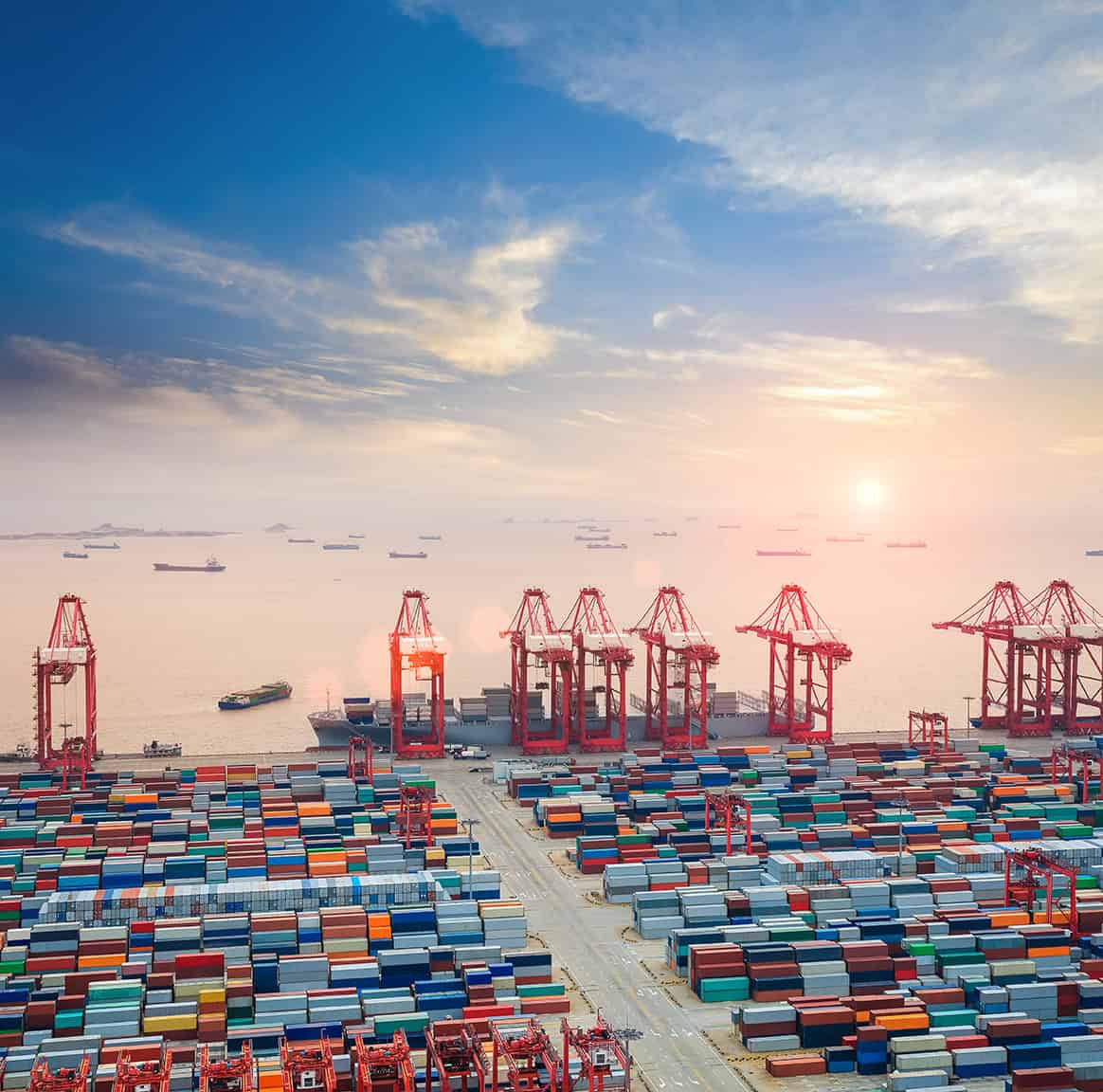Media and Press
Expert insights, industry trends, press releases, media coverage, and analyst reports from the world of e2open.
Featured
April 23, 2024
E2open Launches Supply Network Discovery to Help Clients Meet Regulatory Compliance Requirements and Strengthen Supply Assurance
AMSTERDAM – April 23, 2024 – E2open Parent Holdings, Inc. (NYSE: ETWO), the connected supply chain SaaS platform with the largest multi-enterprise network, today announces the launch of Supply Network Discovery at Connect Europe 2024, its flagship international customer conference. A leader in supply collaboration solutions with the most extensive, connected supply network, e2open continues to innovate to help brand owners discover what is unknown – suppliers in sub-tiers of their supply networks that may be the source of compliance or supply assurance risk.

May 2, 2024
E2open Announces Connect Europe 2024 Client Award Winners

April 24, 2024
E2open Achieves Interoperability Certification on the Catena-X Network

April 22, 2024
E2open Kicks Off Connect Europe 2024, its Flagship International Supply Chain Event

China Rare Earth Export Restrictions: Global Trade Impact

Congratulations to the 23 e2open Clients Included in the Gartner® Supply Chain Top 25 for 2025

Beyond the Next Tariff: Building Disruption Ready Supply Chains

Employee Spotlight: Usman Syed

Cracking the Code of Global Trade Content with e2open’s Global Knowledge®

E2open Announces Acquisition by WiseTech Global, Concluding Strategic Review

Navigating Reciprocal and Derivative Tariffs: A Practical Guide for Global Trade Compliance
Stay connected with e2open
Subscribe to our newsletter
Join the e2open digital family. Sign up to receive our weekly email newsletter on new product announcements and exclusive promotions—and maybe even a few surprises!

